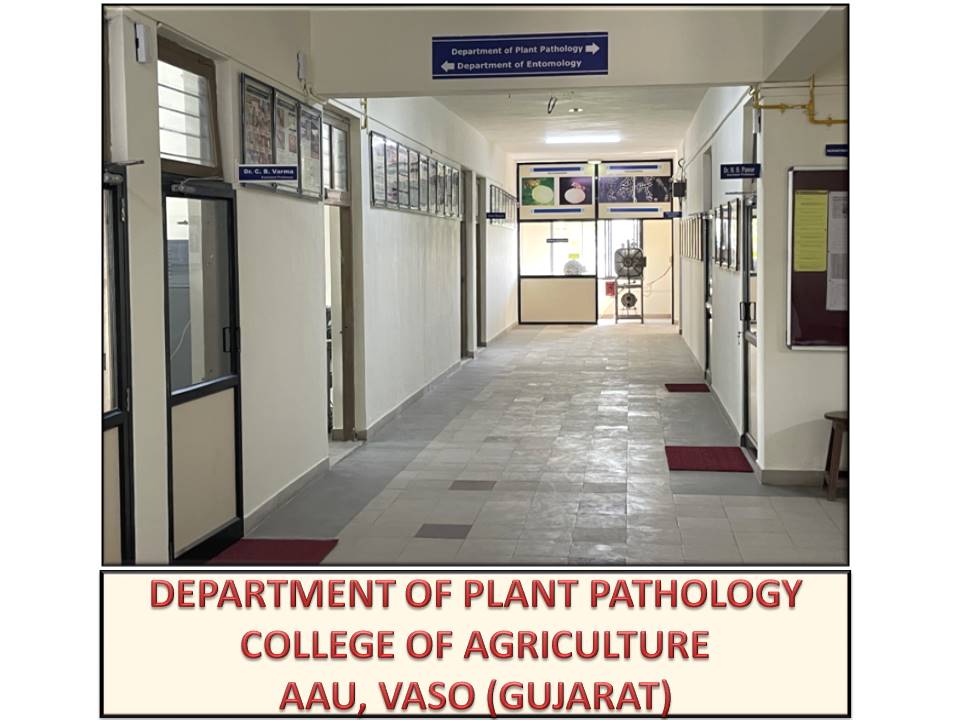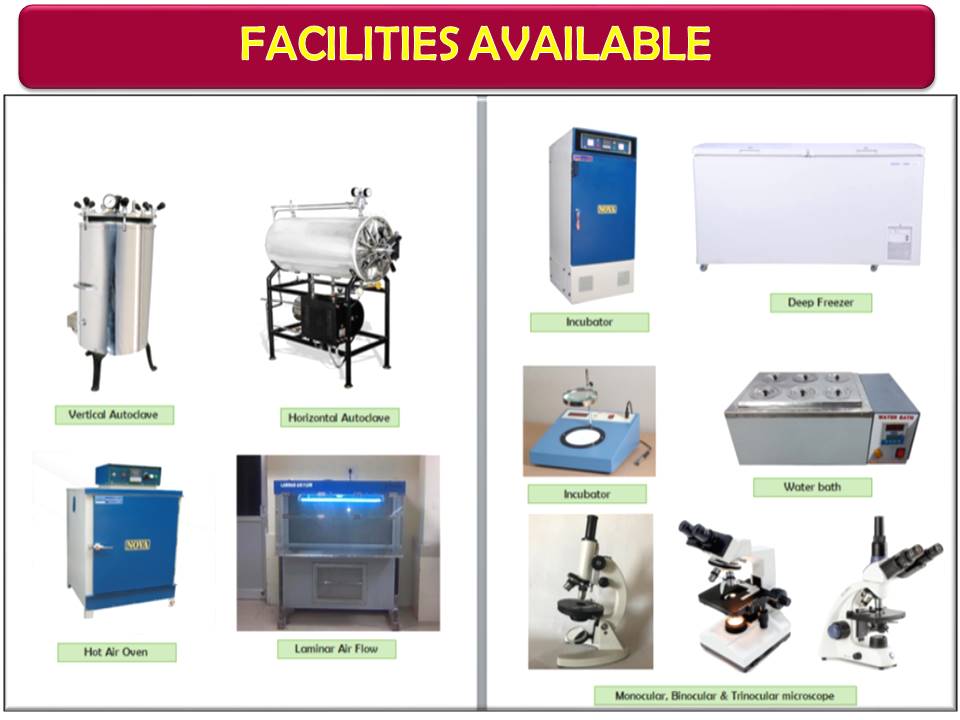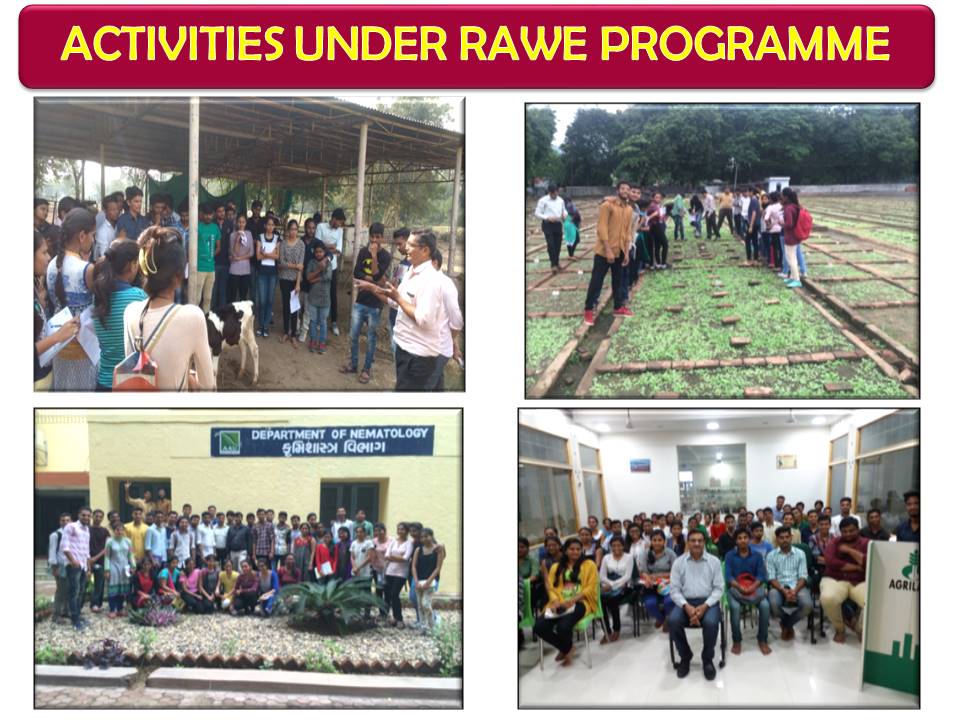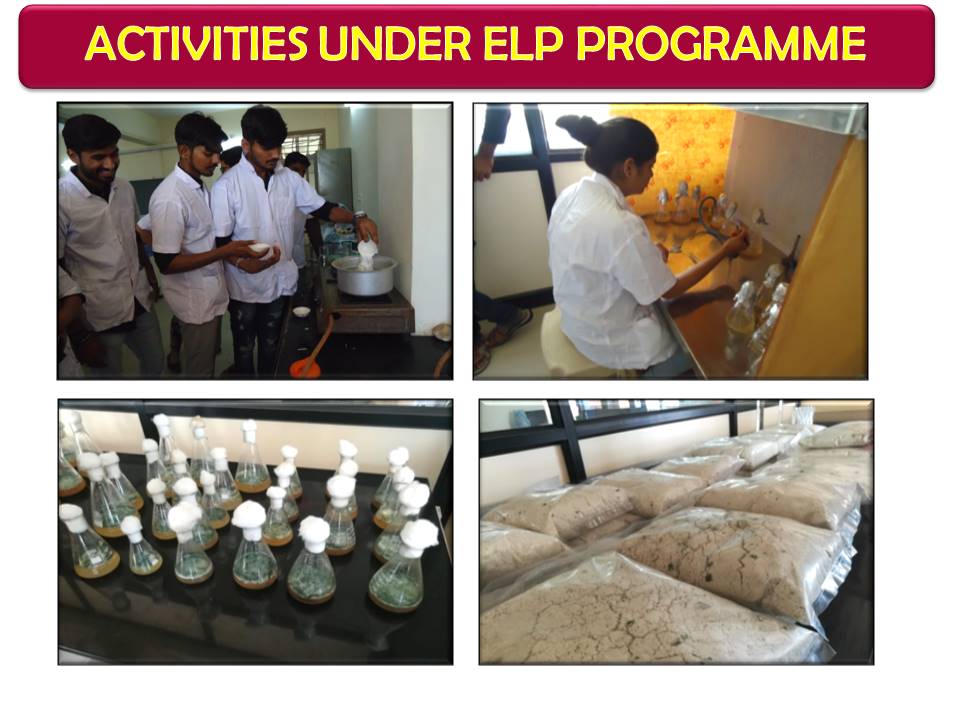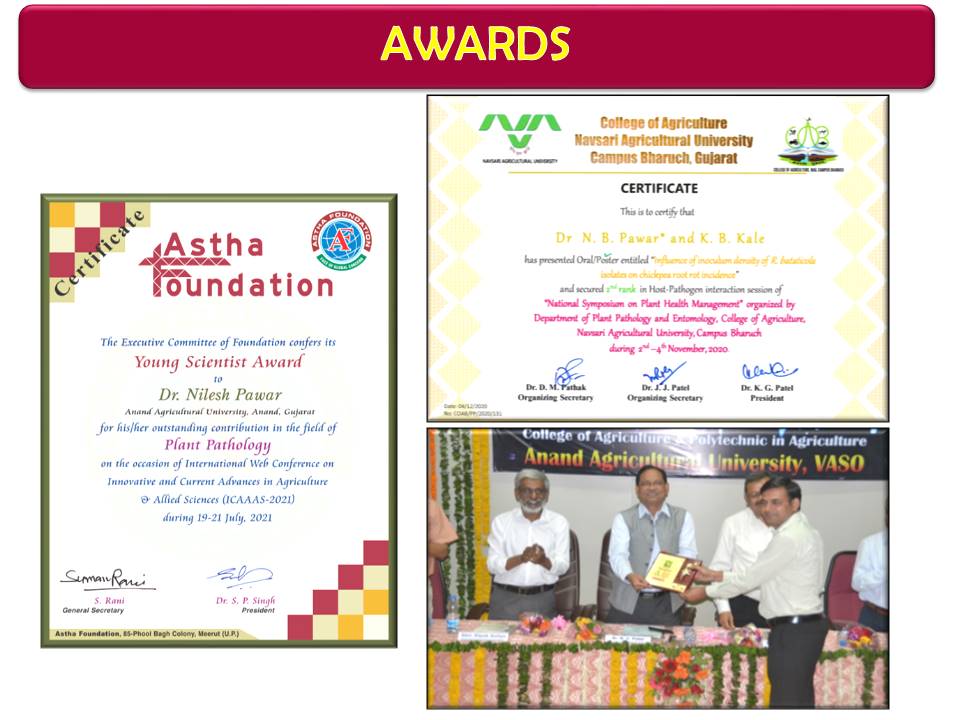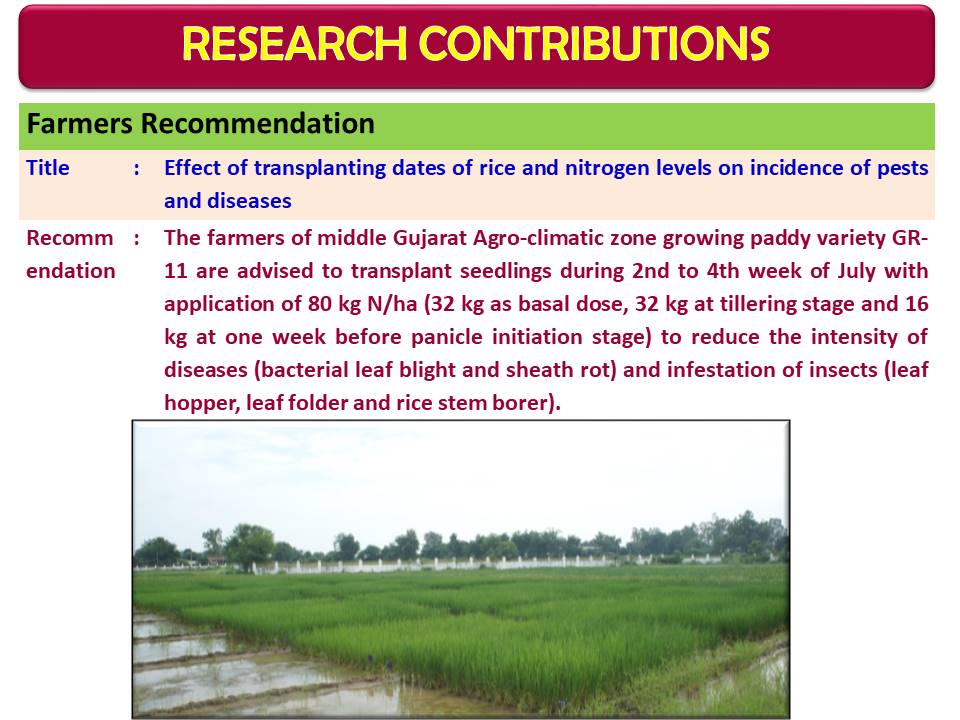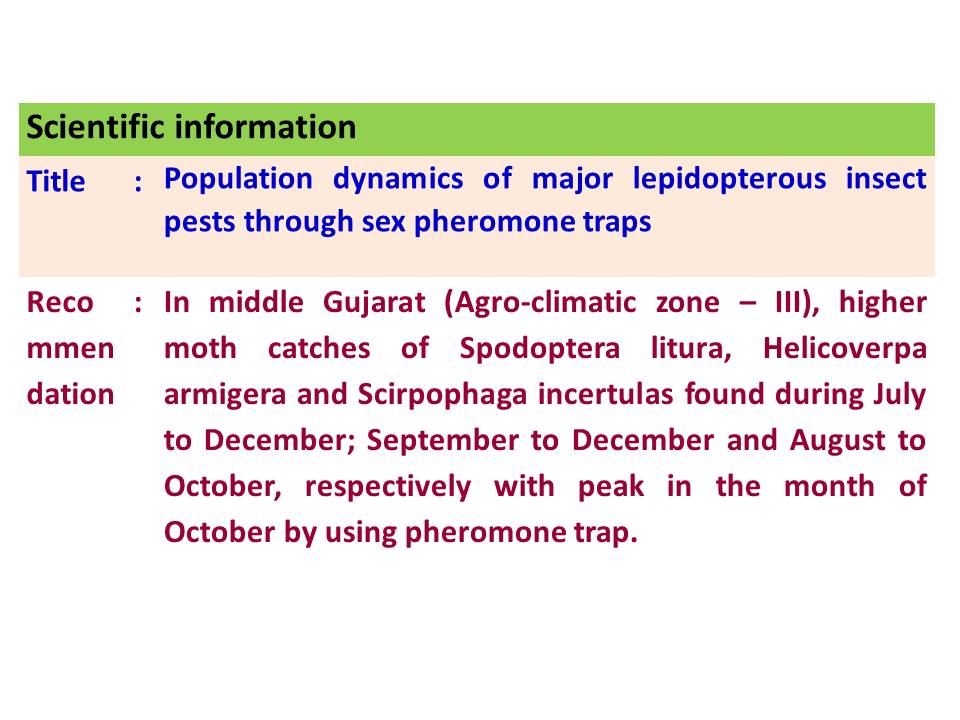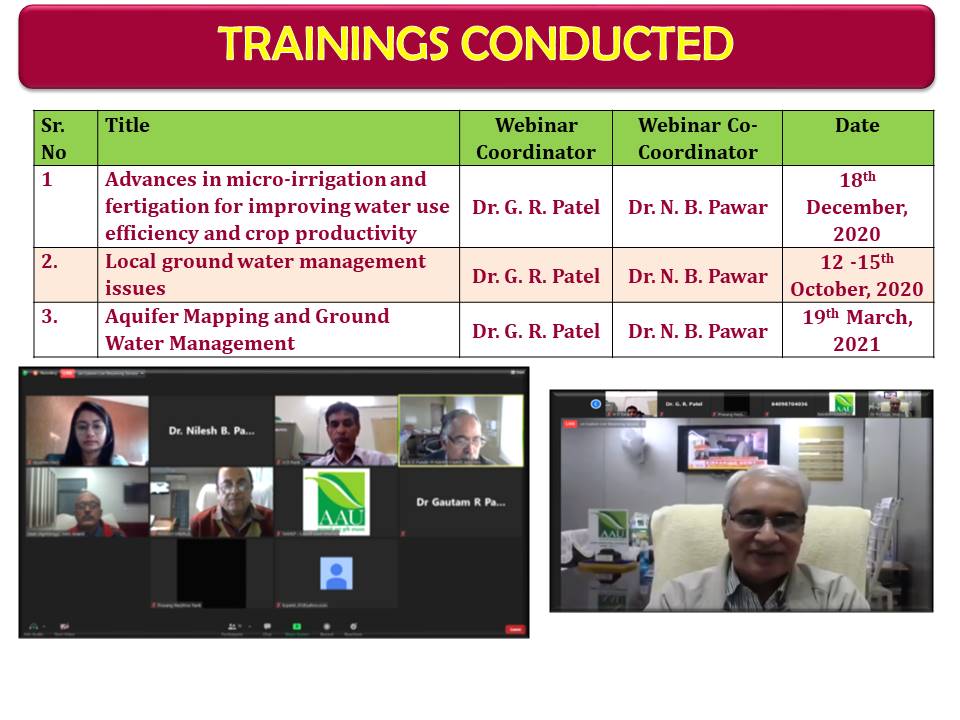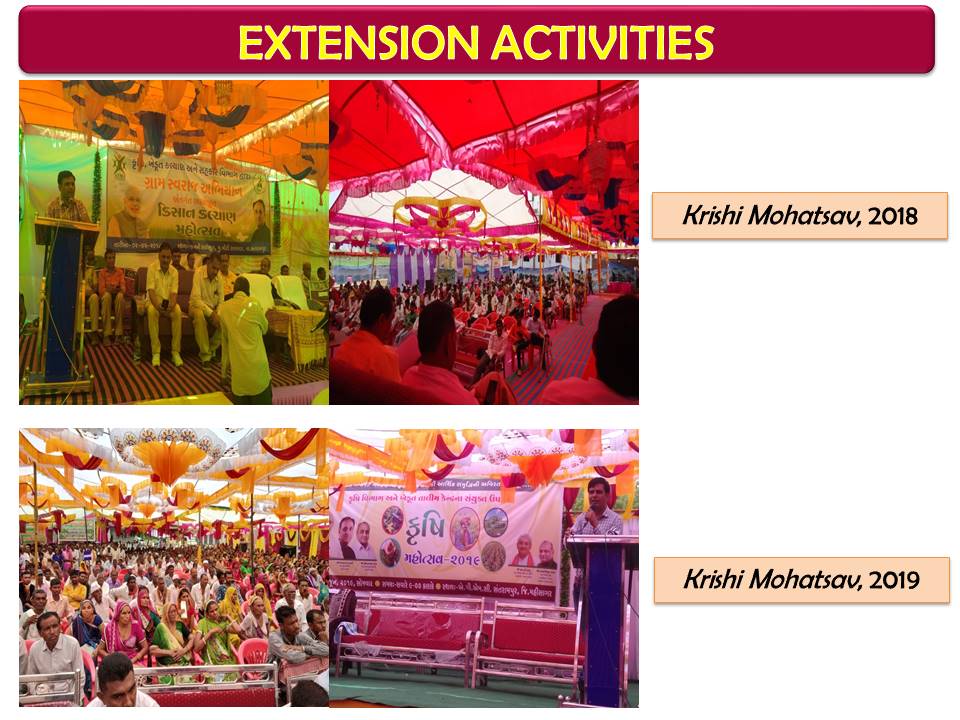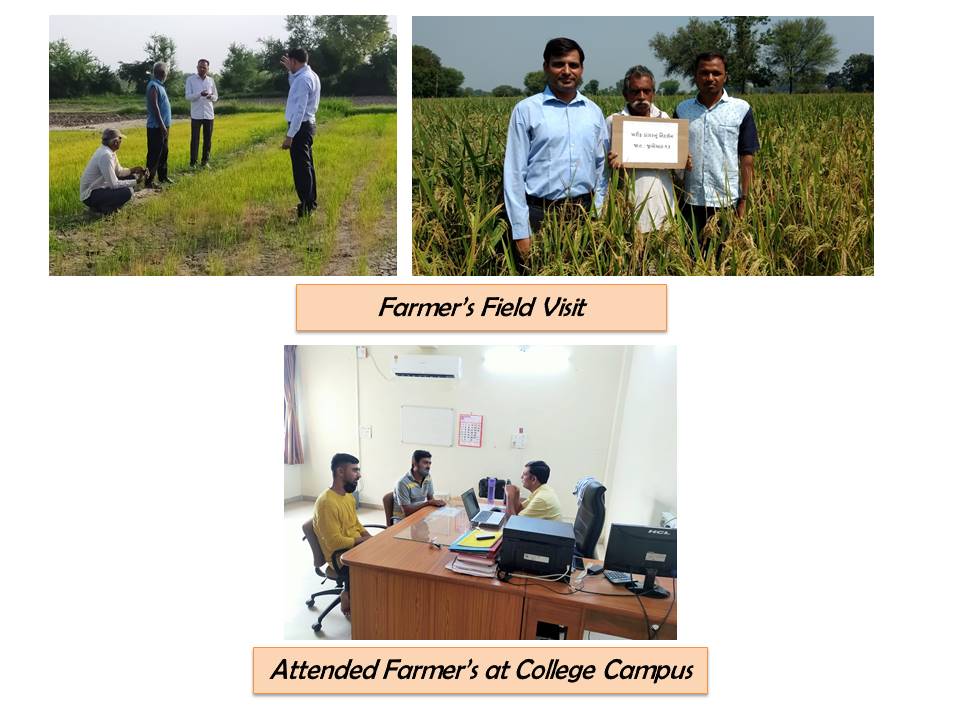Search
Latest News
Plant Pathology
|
INTRODUCTION |
|
Welcome to the Department of Plant Pathology. One of our assets is the ability to provide students top-ranked educational and research opportunities in a collegial and friendly atmosphere. Our Goals are to offer superior education in plant pathology and plant-microbe interactions and to broaden the perspectives of plant biology in undergraduate and public education. Our research goal is to understand microbes, plants, and their interactions in the environment in order to provide effective approaches by which plant diseases can be controlled and beneficial interactions can be maximized. Our extension and outreach goals are to integrate and extend knowledge. |
|||||||||||||||||||||||||||||||||||||||||||||||||||||||||
|
OBJECTIVES |
|||||||||||||||||||||||||||||||||||||||||||||||||||||||||
|
The mandate of the Department of Plant Pathology is to engage in quality research, education, and outreach in plant pathology with emphasis on the understanding of relationships among microbes, their hosts, and the environment, and on the management of diseases and other threats impacting agricultural and natural ecosystems, food safety, and human and environmental health with following objectives; |
|||||||||||||||||||||||||||||||||||||||||||||||||||||||||
|
FACULTY INFORMATION |
|||||||||||||||||||||||||||||||||||||||||||||||||||||||||
|
|||||||||||||||||||||||||||||||||||||||||||||||||||||||||
|
ACTIVITIES |
|||||||||||||||||||||||||||||||||||||||||||||||||||||||||
|
The Department of Agricultural Extension & Communication is engaged with three kinds of activities viz; teaching, research and extension. The details of activities carried out by the department are mentioned below
AGRESCO / Other Agency / PG Research Concluded: Efficacy of seed treatment against sucking pests and root rot disease of Bt cotton Completed: Effect of transplanting dates of rice and nitrogen levels on incidence of pests and diseases Ongoing Research Studies Effect of transplanting date on yield and insect pest and disease incidence in rustica tobacco
Participation in “Krushi Kalyan Mahotsav” |
|||||||||||||||||||||||||||||||||||||||||||||||||||||||||
|
FACILITIES |
|||||||||||||||||||||||||||||||||||||||||||||||||||||||||
|
• The Department has one class room, one laboratory equipped with sophisticated instrument like Laminar Air Flow, Refrigerator, Centrifuge, Hot air oven, Autoclaves (Vertical & Horizontal), Agitator, Colony counter, Incubator and more than 50 microscopes. |
|||||||||||||||||||||||||||||||||||||||||||||||||||||||||
|
THRUST AREAS |
|||||||||||||||||||||||||||||||||||||||||||||||||||||||||
|
• Our Thrust is to be a leader in research, teaching, and extension involving plant health, while serving the changing needs of the country, the environment, and the University. |
|||||||||||||||||||||||||||||||||||||||||||||||||||||||||
|
PUBLICATIONS |
|||||||||||||||||||||||||||||||||||||||||||||||||||||||||
|
Publications by the Faculty List of Research Papers in International Journal 1. Anjali Chauhan, Dabhi M.V., Pawar N.B. and Parmar D.J. (2021). Screening of different wheat varieties for susceptibility to rice weevil, Sitophilus oryzae L. Front. in Cr. Impro., 9; 2032-34 2. Pawar N. B., Kale K. B. and Patel H. C. Bioagents and non-conventional mediated induced resistance in chickpea cultivars against Rhizoctonia bataticola causing root rot disease. Curr. Nema. 3. N. B. Pawar and Y. V. Ingle (2014). Protein and isozyme patterns of Rhizoctonia bataticola isolates causing chickpea root rot. The Bioscan, 9(3): 1165-1170. 4. B.B. Bhoye, N.B. Pawar and S.A. Raut (2011). Antifungal activity of Trichoderma spp. against Alternaria lini responsible for bud blight of linseed. Int. J. Plant Protec., 4(2): 324-329 5. B.B. Bhoye, S.A. Raut, N.B. Pawar and M.K. Mondhe (2011). Evaluation of cultural filtrates of non-pathogenic isolates of mycelia growth and sporulation on pathogenic isolates of Alternaria lini. Asian J Bio Sci., 6(2):159-64List of Research Papers Publication in National Journals 1. N.B. Pawar, K. B. Kale, Y. V. Ingle and A. G. Gathe (2018). Influence of inoculum density and assessment of the resistant sources against Fusarium oxysporum f. sp. ciceri in chickpea. J. Pl. Dis. Sci., 13(1):68-72 2. R.R. Perane, S. B. Gaikawad and N.B. Pawar (2015). Fungi associated with boll rot of cotton and their management. J. Cotton Res. Dev., 29 (1): 116-120. 3. N.B. Pawar and S.S. Mane (2014). Protein and isozyme patterns of Fusarium oxysporum f. sp. ciceri isolates causing chickpea wilt. Indian Phytopath., 67(3):234-237. 4. N. B. Pawar and V. V. Deshmukh (2014). Induction of defense enzymes by non-conventional chemicals and bioagents against Fusarium-wilt of chickpea. J. Food Leg., 27(4): 322-327. 5. S. J. Khairnar, K. K. Suryawanshi, S. P. Patole and N.B. Pawar (2013). Study on efficacy of commercially available seed dressers against seed mycoflora of safflower. Flora & Fauna, 19(1): 324-328. 6. K. K. Suryawanshi, N.B. Pawar, S. M. Kanawade and S. R. Chaudhari (2013). Isolation, identification and characterization of chitinase producing T. flavofuscum. Flora & Fauna, 19(1): 399-401. 7. R.R. Perane, N.B. Pawar and R.W. Bharud (2013). Prevalence, yield loss assessment and status of Alternaria leaf blight of cotton in Western Maharashtra. J. Mycol. Pl. Pathol., 43(3):271-274 8. N.B. Pawar, R.R. Perane, R.W. Bharud and A.V. Suryawanshi (2012). Biochemical Basis of grey mildew resistance in Cotton. J. Cot. Res. Develop., 26 (1):113-116 9. B.M. Jadhav, R.R. Perane, A. A. Kale and N.B. Pawar (2011). Morphological, Pathological and Molecular Variability among Alternaria macrospora isolates causing leaf blight of Cotton. Indian Phytopath., 64(3):524-57 10. N.B.Pawar, V.V. Deshmukh and P. K Jagtap (2010). Physical Properties and Transmission of Sponge Gourd Mosaic Virus. Pestology., 34(3):17-20 11. N. B. Pawar, D. D. Nirmal, D.B. Ahire and G.T. Sonawane (2009). Host Range Studies of the Virus causing Mosaic Disease in Sponge Gourd. J. Pl. Dis. Sci., 4(1):49-51 12. A. L. Gaikwad, C.D. Deokar, M.H.Shete and N.B.Pawar (2008). Studies on effect of Phyllosphere Diazotrophs on Growth and Yield of Groundnut. J. Pl. Dis. Sci., 3(2):182-184. 13. V.K.Kapgate, B.T. Raut and N.B. Pawar (2008). Studies on Translocation, Persistence and Phytotoxicity of Systemic and Contact Fungicides in Chilli Crop. J. Pl. Dis. Sci., 3(2):197-200. 14. M.V. Bhosale, R. R. Perane, M.H. Shete and N.B.Pawar (2008). Efficacy of Botanicals, Bioagents and Fungicides on Management of Leaf Blight (Alternaria porri) of Onion. J. Pl. Dis. Sci., 3(1):88-89. 15. G.T.Sonawane, P. A. Thombare, C.V. Ambadkar, N.B. Pawar and D.S. Mahale (2007). Effect of Different Dates of Sowing on Yellow Vein Mosaic Disease of Okra. PKV Res. J. 31(2): 282-284. 16. R.R. Perane, N.B. Pawar, A.P. Gaikwad and P.A. Navale (2007). Relationship of Meteorological Parameters on Progress of Alternaria Leaf Blight of Cotton. Pl. Dis. Res. 22(1):84-86. 17. S.H.Wavre, K.B. Kale, Ekta Bagde and N.B.Pawar (2006). Biochemical Changes in the Substrates as a Result of Oyster Mushroom. J. Pl. Dis. Sci. 1(2):182-185. 18. V.B.Shinde, D.D.Nirmal, L.V.Patil and N.B.Pawar (2005). Standardization of techniques for Mass Inoculations of Papaya with Papaya Ring spot Virus. J. Pl. Dis. Sci. 1(1):16-19 19. L.V.Patil, N.B.Pawar, R.S. Ghawade and M.N.Ingole (2005). Die-back Disease of Mango Caused by Botryodiplodia theobromae Pat. in Marathwada Region of Maharashtra. J. Pl. Dis. Sci. 1(1):54-57. List of the Popular Articles 1. Gautam R. Patel, B. M. Christian, H. C. Patel and N. B. Pawar (2020). Gobar Bank: The Pace towards Atmanirbhar BHARAT. Biotica Research Today, 2(10); 1088-1091 2. N. B. Pawar, M. P. Dohat and H. C. Patel (2020). Systemic Acquired Resistance in Plants. Agriculture & Food E-Newsletter, 2 (11); 497-499 Recommendations 1. Management of leaf reddening of Bt cotton “Application of two sprays of DAP (2%) at 15 days interval during boll development stage in addition to recommended dose of FYM (10 tone) and inorganic fertilizers (125:63:63 kg NPK/ha) is recommended for the management of leaf reddening of Bt cotton grown under Summer irrigated condition of Western Maharashtra.” 2. Management of Para wilt of Bt cotton “To avoid the para wilt incidence under summer irrigated conditions, the sowing of Bt cotton be undertaken from 2nd fortnight of May to first week of June with 8-15 days irrigation interval.” 3. Disease development in relation to weather parameters “The following equation representing the relationship between Alternaria leaf blight incidence on cotton and the weather parameters (Tmin, RH-I and RF) is recommended for use in predicting forewarning model in scarcity zone of Maharashtra.” PDI= - 59.67 – 2.58 x Tmin + 1.31 x RH-I + 0.15 x RF 4. The farmers of middle Gujarat Agro-climatic zone growing paddy variety GR-11 are advised to transplant seedlings during 2nd to 4th week of July with application of 80 kg N/ha (32 kg as basal dose, 32 kg at tillering stage and 16 kg at one week before panicle initiation stage) to reduce the intensity of diseases (bacterial leaf blight and sheath rot) and infestation of insects (leaf hopper, leaf folder and rice stem borer). 5. In middle Gujarat (Agro-climatic zone – III), higher male moth catches of Spodoptera litura, Helicoverpa armigera and Scirpophaga incertulas found during July to December; September to December and August to October, respectively with peak in the month of October by using pheromone trap. Release of variety 1. Phule Yamuna (RHC-0717) 2. Phule Rukhmai (RHCb-011) 3. Phule Dhara (RHB-0711) 4. Phule Tarang (RHH-0707) 5. Phule Asmita (RHH-0917) 6. Phule Prabha (RHB-0812) 7. Phule Shwetambari (RHH-0622) 8. Phule Suman (RHH-1007) |
|||||||||||||||||||||||||||||||||||||||||||||||||||||||||
|
ACHIEVEMENTS |
|||||||||||||||||||||||||||||||||||||||||||||||||||||||||
|
Awards Won by the Faculty
|
|||||||||||||||||||||||||||||||||||||||||||||||||||||||||
|
CONTACT PERSON |
|||||||||||||||||||||||||||||||||||||||||||||||||||||||||
|
DR. NILESH B. PAWAR
|
|||||||||||||||||||||||||||||||||||||||||||||||||||||||||


